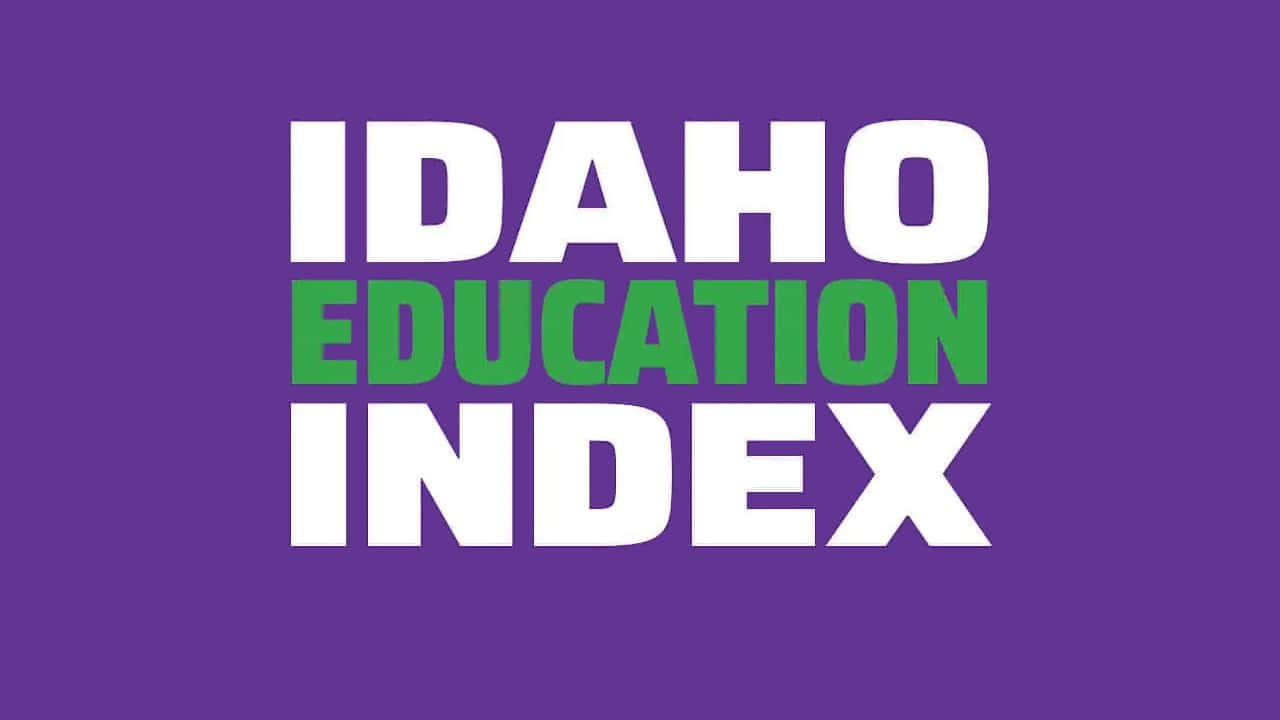


Bill Description: House Bill 595 provides an additional funding distribution based on certain criteria for student performance in math and college and CTE course participation.
Rating: -3
NOTE: House Bill 595 is an amended version of House Bill 557. Among other non-substantive changes to the language, this newer version is more specific with how outcomes are calculated and bars the duplication of distributions for students in grades 5 through 8.
Does the bill finance education based on the student rather than the institution? (+) Conversely, does the bill finance education based on the institution or system? (-)
This legislation allocates funds based on student performance in grades 5 through 8. Students who demonstrate improvement or sustained proficiency in math will draw more money to their districts and their schools. This part of the formula constitutes 60% of all the outcomes based funding. This could incentivize the system to help students perform.
It is unclear whether this program would dictate how present dollars are distributed throughout the public school system or if it would require additional funding. This would positively impact school performance if it changed the distribution of existing funds. But if it distributes new, additional funding for the system, the state would be rewarding schools for doing the job they should have been doing in the first place. This would not be an incentive program, but a mechanism to dump more funds into a failing system.
(0)
Half of the funds allocated for high schoolers are loosely based on performance. Districts and charter schools get additional funding for more students taking CTE courses, post-secondary courses, and apprenticeship programs. The other half of the funding is allocated for districts or charter schools that improve their high school graduation rate or exceed the statewide graduation rate. However, the state graduation requirements do not lend themselves to being a very good measure of math performance.
Additionally, participation in postsecondary programs does not necessarily correlate with the student’s performance in mathematics, only their participation in the system. This, coupled with weak accountability in graduation requirements only incentivizes participation in the system, not better performance.
(-1)
Does the bill allow schools to be more flexible, improve feedback mechanisms, and decentralize decisions to the family or individual level? (+) Conversely, does the bill add to the existing education bureaucracy? (-)
This legislation seems to create an accountability mechanism for public schools by tying performance to funding grades 5 through 8. However, this accountability is lost for the funds distributed to high school students. Here, there is no real connection between student performance and their participation in continuing education. Therefore, these two measures cancel out.
(0)
Does the bill create more transparency or accountability in public education institutions? (+) Conversely, does the bill reduce transparency and accountability in such institutions? (-)
The fiscal note estimates that starting the program would cost $40 million — 1.2% of the total appropriation for public schools in the Governor’s fiscal year 2025 request — but does not specify the ongoing cost of sustaining the program. House Bill 595 only notes that “an amount specified in the public schools education support program appropriation” would be allocated. This could be additional money or some unspecified amount of existing funds.
In the public school’s budget request for fiscal year 2025, there is a note that the total expense of the program would be capped, but this is not the case in the language of the bill. There is little transparency in this part of the legislation and how it would truly impact the system.
(-1)
Finally, there is a provision in this legislation that would permit up to 10% of the outcomes based funding to be used as discretionary funding. This would increase to 40% of the outcomes based allocation by 2028. Discretionary funding is largely unaccountable being that it is not tied to a program and unmonitored by the legislature as it is appropriated. This decreases accountability in the public school system.
(-1)

